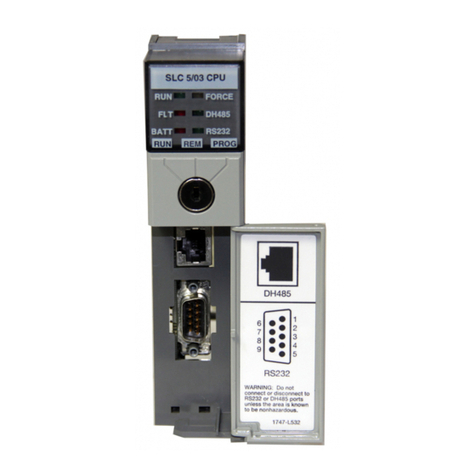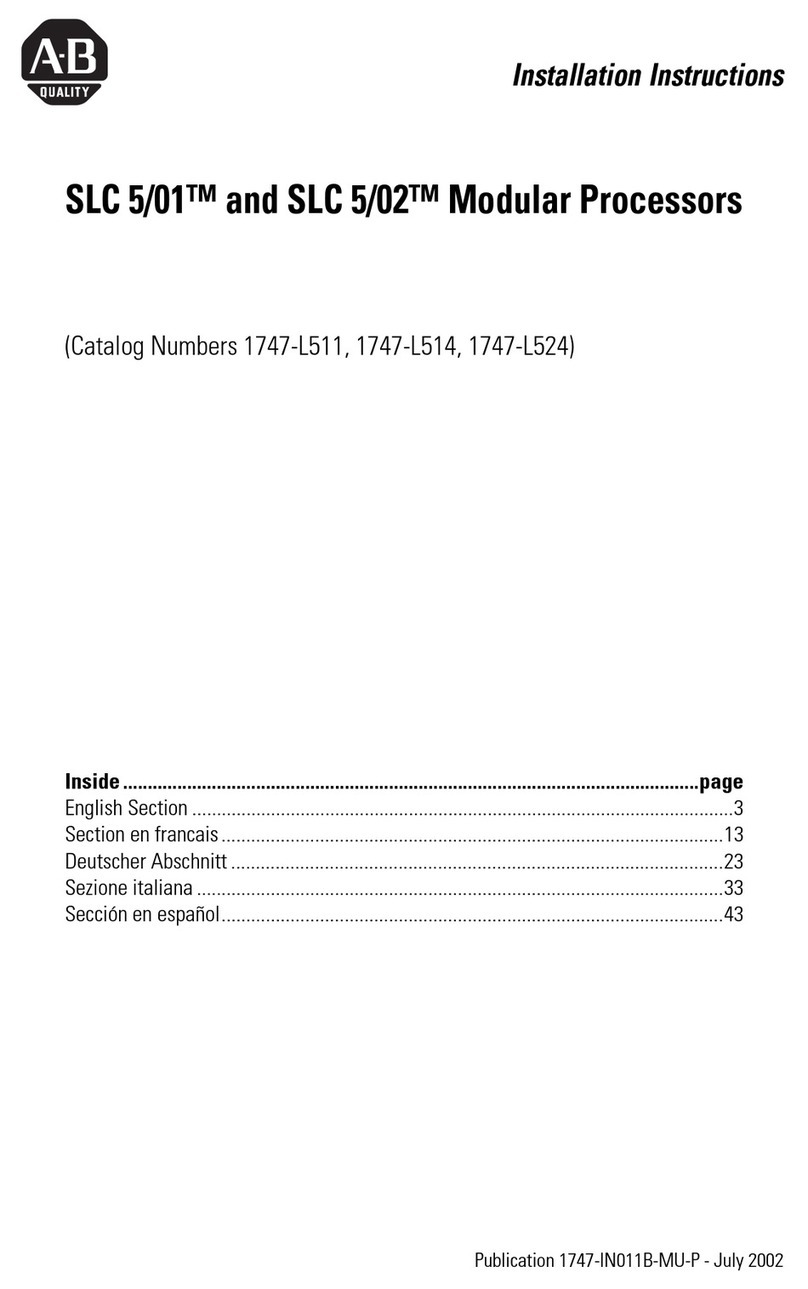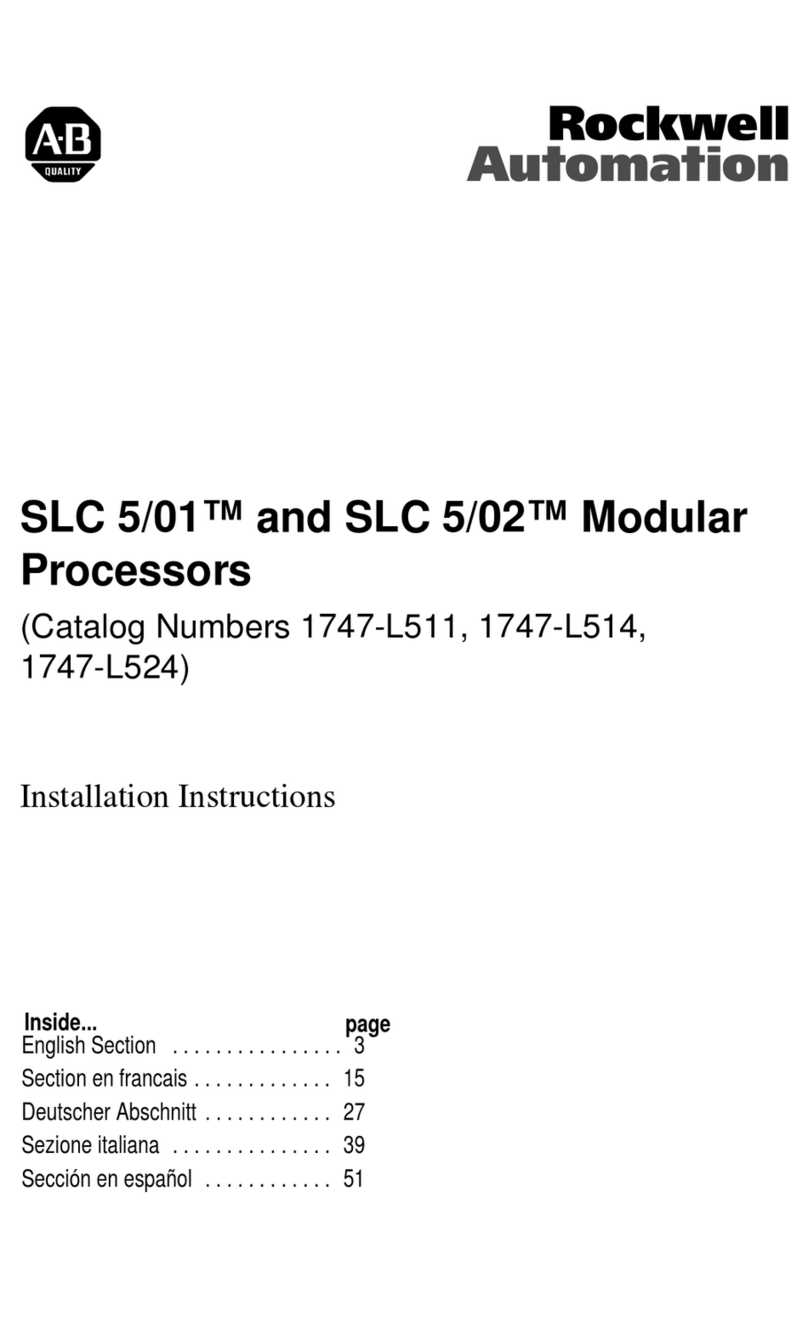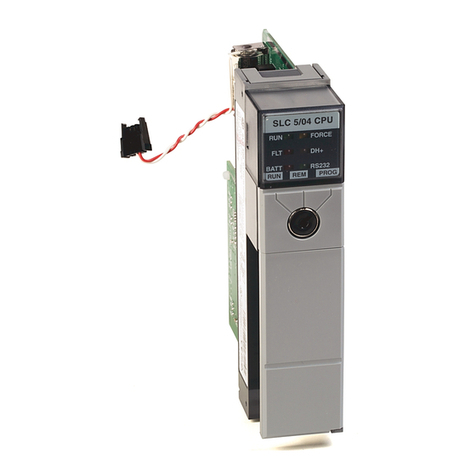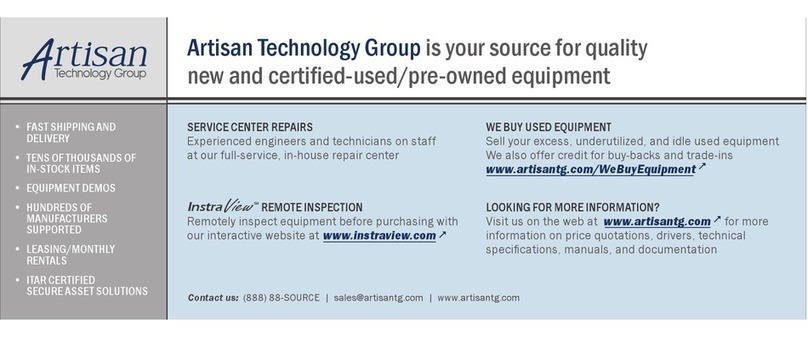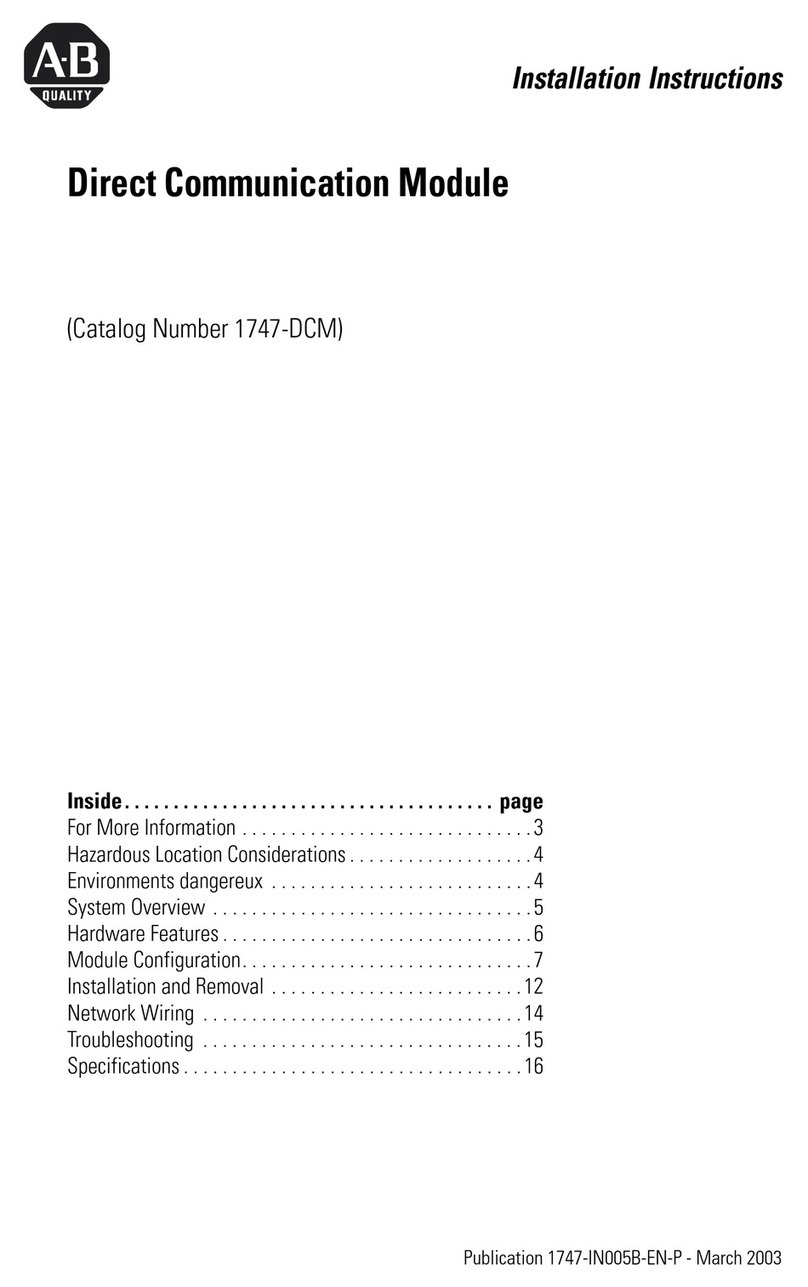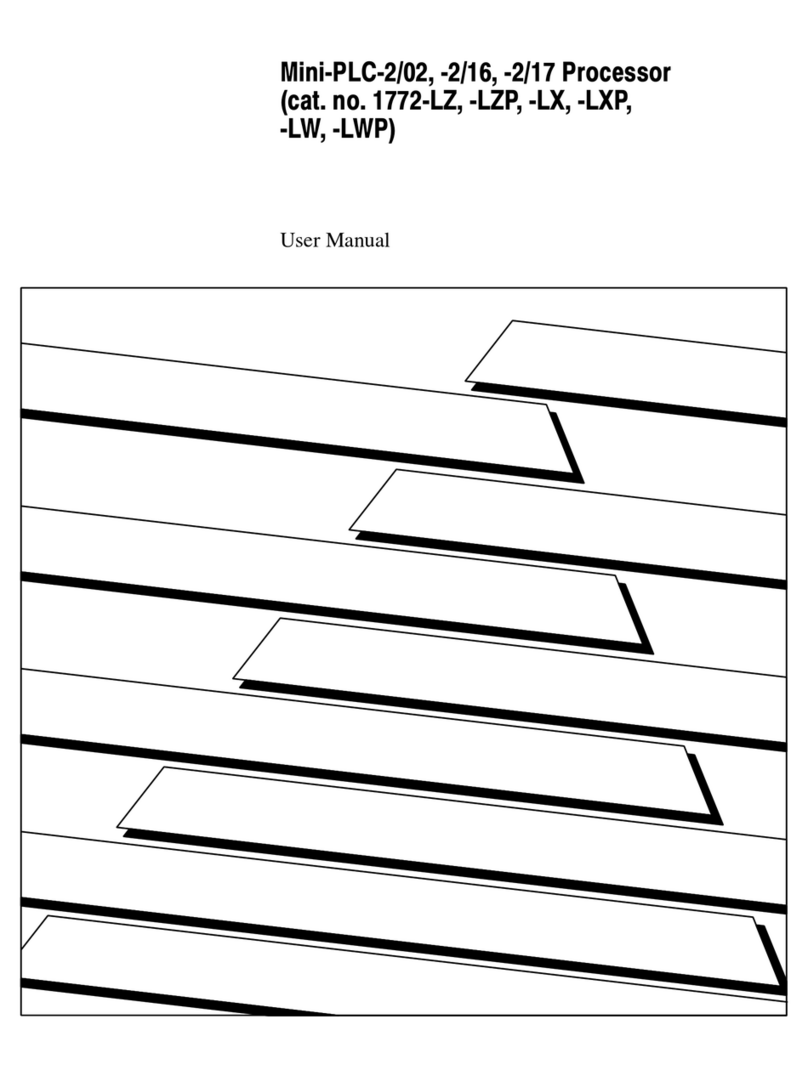
Table of Contentsii
Reading and Writing Data (Using the SET Command) 418. . . . . . . . . .
Additional and Advanced Programming Techniques 51. . . . .
Chapter
Objectives
51. . . . . . . . . . . . . . . . . . . . . . . . . . . . . . . . . . .
Sending
Unsolicited V
ariable Information (The UINFO Command) 51.
Sending
Unsolicited Status Information (The UST
AT Command) 53. . .
Reading and Writing Data (Using the MOVE Command) 53
. . . . . . . .
Obtaining Status on a Connection (using CSTAT) 57
. . . . . . . . . . . . .
Specifying the Data Type of an MMS Named Variable
(using DTYPE) 58
. . . . . . . . . . . . . . . . . . . . . . . . . . . . . . . . . . .
Defining the Scope of an MMS Named Variable (using DEFVAR) 510
. .
Deleting
MMS Named V
ariable of a Particular Scope
(Using DELVAR) 513
. . . . . . . . . . . . . . . . . . . . . . . . . . . . . . . . . .
Specifying
MMS Named V
ariable Scope Within SET and MOVE 514. . .
Specifying
MMS Named V
ariable Scope Within UINFO 518. . . . . . . . .
Mapping MMS Data Types onto PLC-5/40, -5/60 File Types A1
Appendix Contents A1. . . . . . . . . . . . . . . . . . . . . . . . . . . . . . . . . . .
Error Codes B1. . . . . . . . . . . . . . . . . . . . . . . . . . . . . . . . . . . .
Protocol Implementation Conformance Statement (PICS) C1.
Appendix Contents C1. . . . . . . . . . . . . . . . . . . . . . . . . . . . . . . . . . .
PICS
Part 1: Implementation Information
C1. . . . . . . . . . . . . . . . . . .
PICS Part 2: Service CBBs C2
. . . . . . . . . . . . . . . . . . . . . . . . . . . . .
PICS Part 3: Parameter CBBs C4
. . . . . . . . . . . . . . . . . . . . . . . . . . .
PICS
Part 4: Local Implementation V
alues C5. . . . . . . . . . . . . . . . . .
The Communication Layers' Attributes D1. . . . . . . . . . . . . . .
Appendix Contents D1. . . . . . . . . . . . . . . . . . . . . . . . . . . . . . . . . . .
Introduction
to Attributes
D1. . . . . . . . . . . . . . . . . . . . . . . . . . . . . . .
Definition
of Defaults
D2. . . . . . . . . . . . . . . . . . . . . . . . . . . . . . . . .
Frequently Used Acronyms D2
. . . . . . . . . . . . . . . . . . . . . . . . . . . . .
System-Layer
Attributes
D3. . . . . . . . . . . . . . . . . . . . . . . . . . . . . . .
System-Load
Attributes
D4. . . . . . . . . . . . . . . . . . . . . . . . . . . . . . .
MMS
Attributes
D5. . . . . . . . . . . . . . . . . . . . . . . . . . . . . . . . . . . . .
ACSE-Layer
Attributes
D6. . . . . . . . . . . . . . . . . . . . . . . . . . . . . . . .
Presentation-Layer
Attributes
D7. . . . . . . . . . . . . . . . . . . . . . . . . . .
Session-Layer
Attributes
D7. . . . . . . . . . . . . . . . . . . . . . . . . . . . . .
Transport-Layer
Attributes
D8. . . . . . . . . . . . . . . . . . . . . . . . . . . . .
Network-Layer
Attributes
D10. . . . . . . . . . . . . . . . . . . . . . . . . . . . . .
LLC-Layer Counters D11
. . . . . . . . . . . . . . . . . . . . . . . . . . . . . . . . .
MAC Layer Attributes D12
. . . . . . . . . . . . . . . . . . . . . . . . . . . . . . . . .
RS-232 Port Parameters D14
. . . . . . . . . . . . . . . . . . . . . . . . . . . . . .
AB Parts
